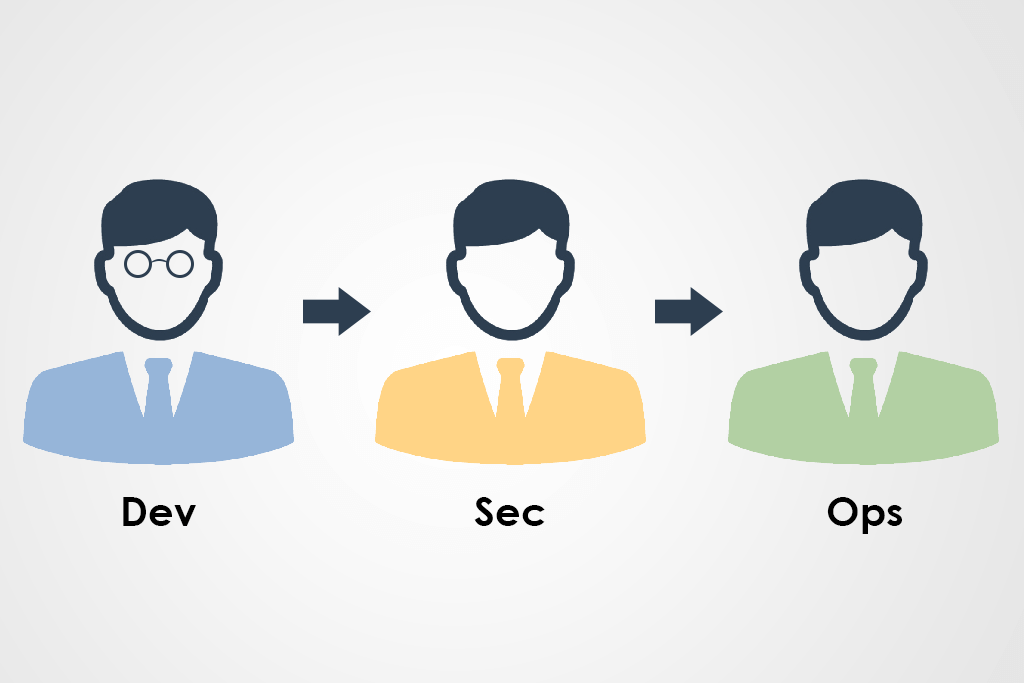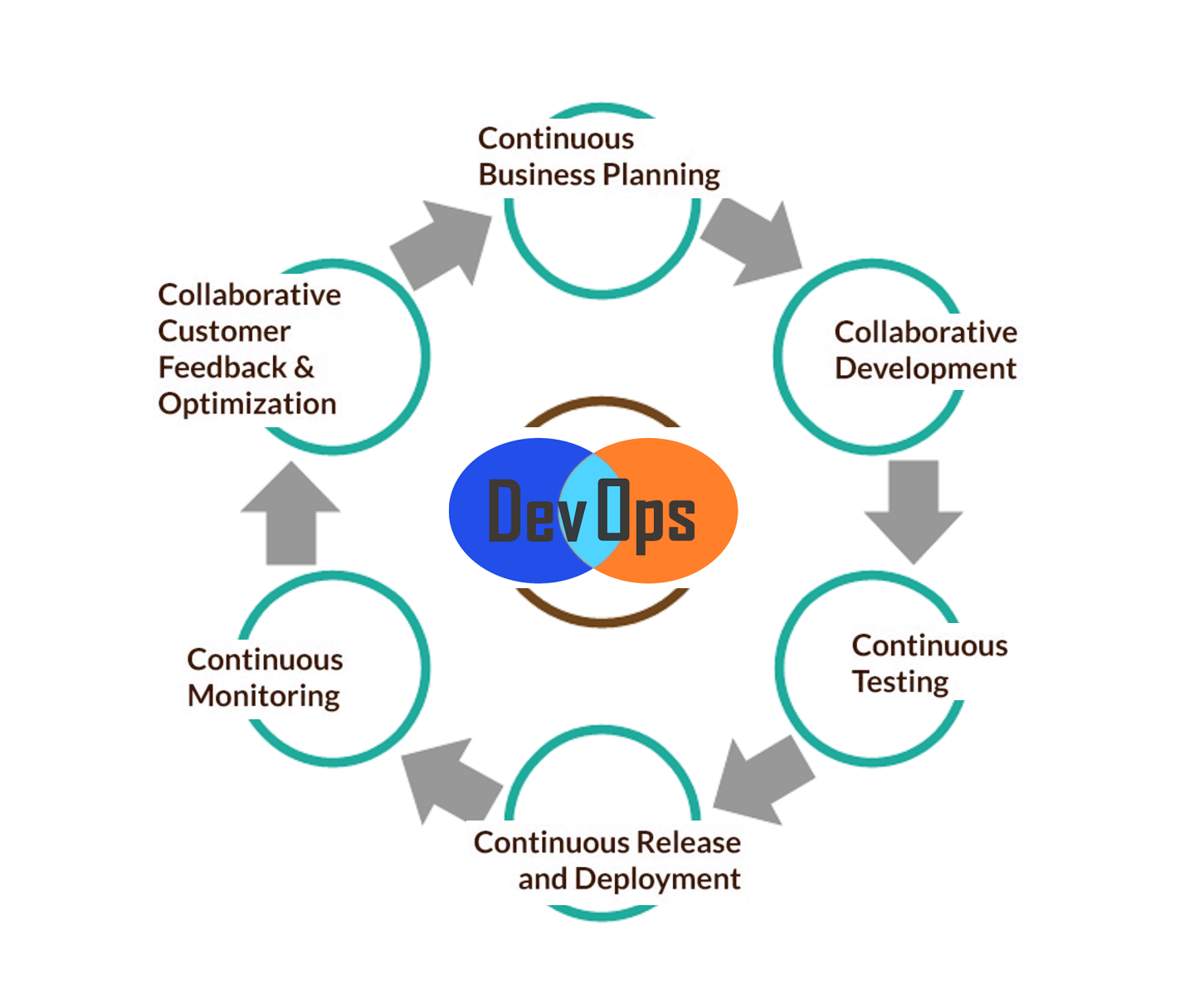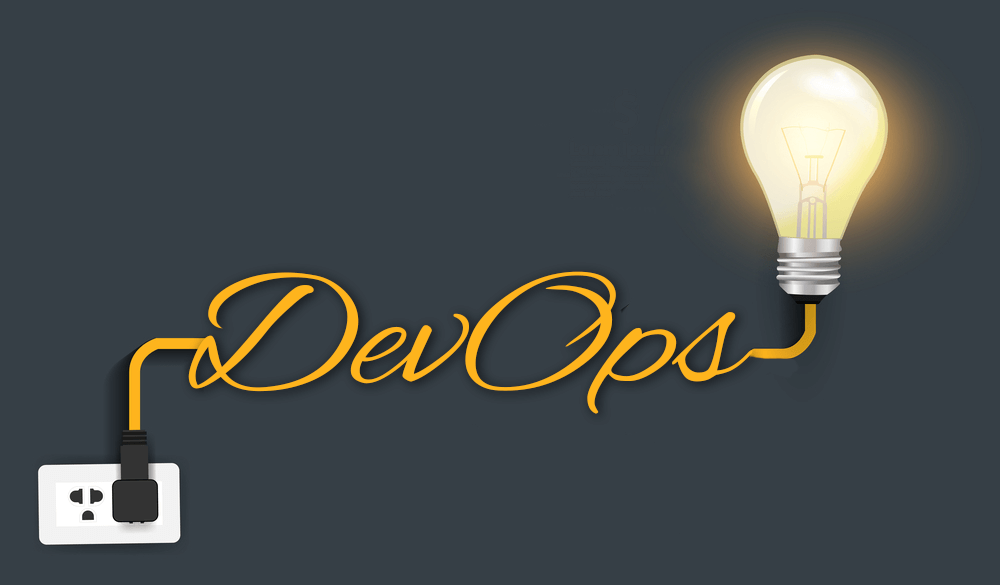
DevOps – Yes, It’s All About Driving Business Growth
The popularity of DevOps is increasing at a phenomenal level, and thus it is shaping a whole new image of the business world and growth. It is no more just being a buzzword as adopting DevOps, and agile culture is delivering higher business performance. There is a hike of 60% revenue rate and profit growth. The principles of DevOps help venture to deal with the realities of business, such as speed and complexity. It empowers digital transformation by providing critical support to both customer and enterprise-level applications. Strike a business balance between speed and quality with the help of DevOps. All you have to maintain is a reasonable timeframe to reach the customer with apt quality and speed. Now take advantage of speed and quality by automating software engineering with DevOps service company and measuring and evaluating key metrics.
Business benefits of DevOps

The entire team in a DevOps environment is accountable for giving advance features and stability.
-
Operating environment more stable
-
Collaboration and communication improves
-
Innovation time
-
Features delivered faster
So whatever the sector is DevOps practices achieve results, and it is just simple and to the point. An organization with DevOps implementation can deliver a product with maximum speed, innovation, and functionality.
DevOps functioning –
Let’s see how DevOps works
As the name suggests, it controls the two main parts of the IT business. Development and operations in a single unit. It can be a single team with common goals where the application lifecycle is taken care of by the entire software team of engineers. This also includes development, testing, deployment, and operations.
There is also a scope of pushing the DevOps model to its limits. E.g., companies like Airbnb and ByteDance also have security teams along with quality assurance, which they call it DevSecOps.

Team working practices ensure the smooth business flow and make way for automation. Rapid business growth is achieved by cutting manual slow business processes and adopting automation.
If we talk of reality, DevOps is much more complicated than explained in its definition.
Let’s Examine the six C’s of the DevOps cycle

-
Continous business planning
Well, it is the very first step and revolves around finding potential direction for business growth. It points to finding a suitable skill set, fixing outcomes of a decision, and resource allocation and requirement.
-
Collaborative development and integration
To start with, it involves designing a sketch plan and programming for development. Collaborative integration practice with software developers and merge their code modifications into a central repository, and this helps in automat test build and run.
-
Continuous testing
By, Continous performing unit and integration testing, this stage increases the efficiency of the organization.
-
Continuous release and deployment
In this stage, developers check-ins and review of code is implemented. In continuous release and deployment, stage release process and deployment procedures are monitored.
-
Continuous monitoring
Constant monitoring is the need of an hour for the systematic work of an organization. Errors and mistakes are monitored and continuously checked whenever possible.
-
Collaborative customer feedback and optimization
Customer feedback is an integral part of the DevOps lifecycle as it enables and determines whether services are up to the mark or not. Modification decisions are taken care of at this stage. Entire process optimization is allowed by the same.
Have a look at new avenues for business by DevOps

-
Move your organization at a faster rate by collobarative working and implementing innovations, faster and better market condition adaption, and increased efficiency by desirable business results.
-
Transform and improve your product quicker by raising the frequency of software release. Keep your customers happy by fixing a bug, issuing new features and security, and considering their requirements. From development to deployment, adopt DevOps practices like continuous integration (CI) and continuous delivery (CD) to automate the software release process.
-
Achieve positive user experience by implementing DevOps models. It helps ensure the application update superiority and infrastructure changes. Now leverage on real-time data and stay on top for performance through right DevOps tools.
-
Through condensed risk, operate your infrastructure and development process at a measured rate, and also you can run various systems resourcefully through automation consistency.
-
Streamline business processes through mutual accountability and work-sharing between development and operation teams. Accelerate business growth, save time and cost, and improve collaborations by making DevOps as a part of your cultural DNA.
-
The new addition of security feature to development and operation make it is a superset as DevSecOps. Adhere to compliance and best security practices through the DevSecOps model.
Final thoughts –
The internet and software redefine business. From shopping to the entertainment industry to finance, software plays an integral component for modern business functioning. At GKMIT, customers get innovative solutions and reliable deployment at a given time only through the DevOps model, which relies on effective tooling. Though the DevOps journey is not straightforward, there are many commas and pauses along the path, but the GKMIT team gear up the momentum and help you get back on the track. Contact us to learn more as we have found ways to achieve success and business growth through DevOps services.
Related Blogs:
Quick Guide To DevOps Engineer Roles and Responsibilities
Internet of Things (IoT): Introduction, Applications, and Future Scope